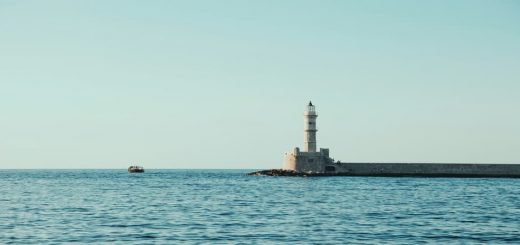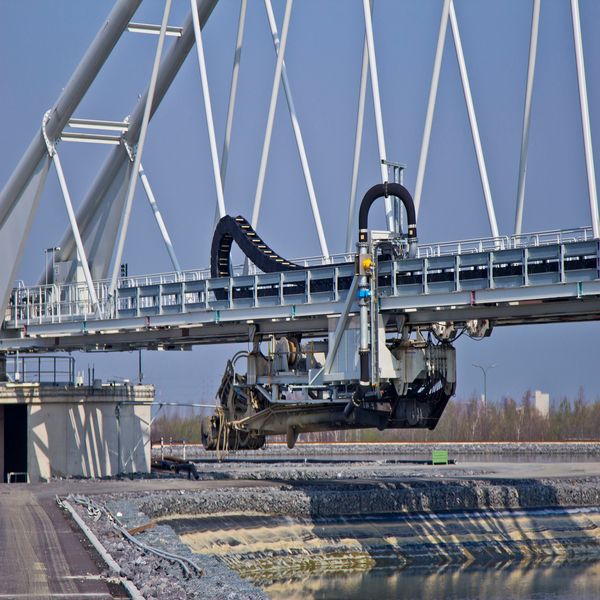Port energy supply; what are the challenges with this?

At igus® we look at specialised port energy supply systems for providing vessels with power. We aim to offer a solution that can not only reduce air pollution and noise but also increases confidence in the system. To ensure consistency with everything that relates to the ports, there is an international standard for shore power connections. This is for all different types of vessels. This is for any port worldwide. As well as consistency this ensures compatibility. Power can always be reached at the shore no matter what the vessel. This international standard is the IEC 80005-1. This defines the standard for medium-voltage connections and IEC 80005-3 for supply of low-voltage connections.
Over the last few years, ports are finding themselves confronted with an increased public awareness of environmental issues. This is in regard to technologies, resources and energy supplies. To top it off, the government has implemented stricter guidelines on ports to ensure they are complying.
The connection dilemma
Every port is unique! Yet it is imperative that despite this, all vessels have compliant shore power connections within the highly dynamic port environment. It is also essential that they do not restrict the operation of the port.
There are many variables to be considered at each port: different tides, different berthing vessel positions and sizes. Also terminal design and equipment vary from port to port, terminal to terminal and vessel to vessel. Ports do not have “down days” and every single day they handle different ships of different sizes with different loading requirements. These are also moored in different locations with different shore power supply requirements. Therefore, the structure and stability of power connections has to be efficient, reliable, space saving, manoeuvrable and long lasting.
Challenges within the port energy supply and onboard the vessels.
The number of challenges in this environment is ever increasing. This has a knock-on effect on the handling capacity at the dock. Flexible planning of the docking positions for the daily changing vessels is essential. This is where igus® cable management systems come into their own.
Another main challenge comes from stipulations within the international standard. For container shipping, the IEC 80005-1 standard stipulates that the cable guidance system must be installed on the ship. So, what is the challenge here? The weather that ships have to withstand, means the cables and management system also have to be able to cope with the extreme conditions.
Not only that, the cable management system on board the various vessels can be located in various places. This combined with the maximum extension length being limited to between 35-55 metres, can be an issue in locating the nearest stationary shore power connections.
How can igus® help with one of the most important energy sources at the port?

There is a rising demand for LNG (liquified natural gas) so there is no surprise that new LNG terminals are being developed. These are large production facilities with limited access due to their location. They are also extremely hazardous.
All installed systems must therefore not only withstand harsh weather conditions but require low-maintenance or need to be completely maintenance-free.
This brings very different parameters and challenges. For small and medium-sized offshore or nearshore terminals, floating storage units (FSU) are used to store the liquefied natural gas. It is then regasified and transmitted via pipelines.
There can be large distances between jetty and FSU/FSRU of 30m or more. These require protection of the cables against wind, compensation for movements due to tides, wind and waves and implementation of emergency mechanisms. So, how do igus® products cope with such conditions?
The igus® solution for port energy supply
To overcome the challenges faced, igus® has developed special energy chains for applications for these demanding environments. This is our i-MSPO (igus® Mobile Shore Power Outlet) for container and cruise vessels. This product gives the terminal operator full flexibility along the entire berth with no dead spots. And it doesn’t matter what type of size of vessel.
For other applications such as LNG, FSU and offshore terminals we also have our e-loop. This combines the advantages of a plastic modular high-performance polymer energy chain with those of a polymer rope with high tensile strength. The tensile forces are absorbed by the special rope and passed through the mounting brackets into the support structure
These energy chains not only guide the cables safely and reliably but can do so with guarantees. This therefore continues to aid in port energy supply.
Do you have any questions about igus® energy chains? Visit our frequently asked questions to find out more here!



